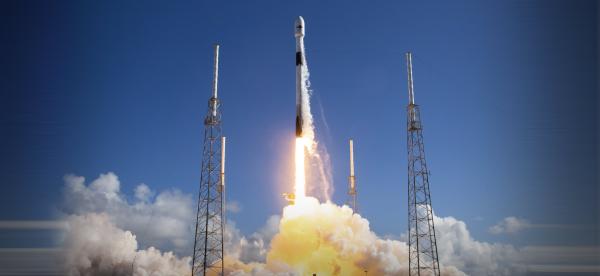After a series of delays apparently caused by technical concerns over the upper stage, SpaceX successfully launched the South Korean military communications satellite Anasis II at 2130 GMT on 20 July. The mission utilised their Falcon 9 launch vehicle, and lifted-off from Cape Canaveral Air Force Station, Florida, USA. The satellite was launched into a 45,000 km apogee “super-synchronous” transfer orbit on its way to its final operational position in Geostationary Earth Orbit (GEO). Very high apogee transfer orbits are better for removing inclination during GEO orbit circularisation – meaning less fuel is used by the satellite’s on-board propulsion system. The Anasis II spacecraft will be used by the South Korean Military for communications purposes.
Nine minutes after launch the reused Falcon 9 first stage was successfully landed on the drone barge “Just Read The Instructions” positioned in the Atlantic Ocean. After many SpaceX attempts at trying to catch the fairing on previous Falcon 9 launches, for the first time ever both fairing halves were caught by two fairing catcher boats positioned in the Atlantic Ocean. This occured about 45 minutes after launch. More usually the boats have had to recover the halves from the ocean after failing to catch the parafoil-gliding fairings.
Phil Hylands contributed to this story.







